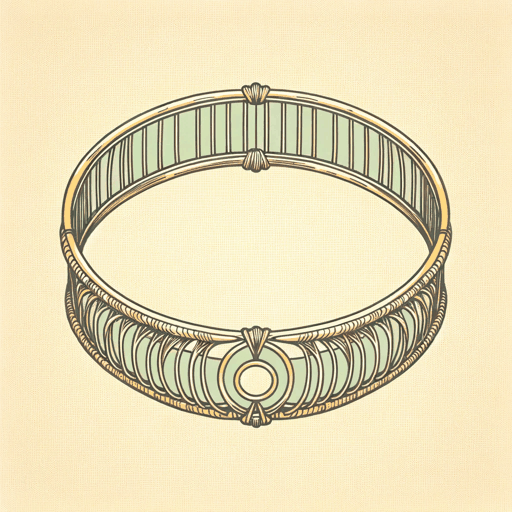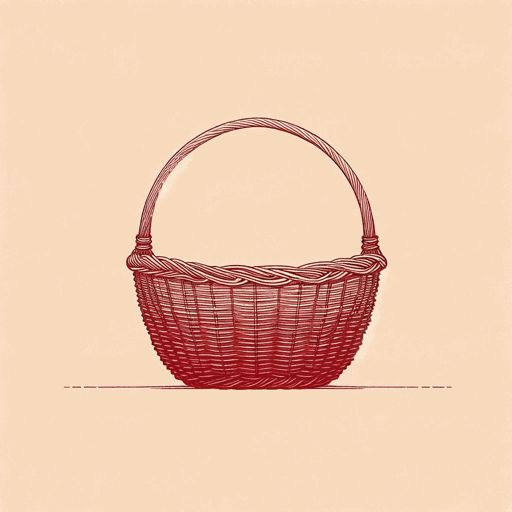67 pages • 2 hours read
Ben OkriThe Famished Road
Fiction | Novel | Adult | Published in 1991A modern alternative to SparkNotes and CliffsNotes, SuperSummary offers high-quality Study Guides with detailed chapter summaries and analysis of major themes, characters, and more.
Summary and Study Guide
Overview
Written in a style that evokes the oral tradition of storytelling, The Famished Road, by Nigerian writer Ben Okri, follows the peripatetic adventures of Azaro, a young boy who is finding his way amid the poverty and political passions of a newly independent nation. Winner of the prestigious Booker Prize in 1991, the novel presents an allegorical tale of both the pitfalls and the promise latent in the post-colonial moment. Nigeria was one of the first countries to gain independence from Great Britain in 1960, only to descend into civil war by the decade’s end. Azaro himself symbolizes the yearnings of the nation, the desire for dignity and peace. He is an abiku, a spirit child, with one foot in the material world and one in the spirit realm; he is caught between worlds just as the nation is caught between histories. The first in a trilogy that includes Songs of Enchantment (1993) and Infinite Riches (1998), The Famished Road takes the reader on a journey through the unfortunate reality of impoverished bodies and thwarted dreams as well as the fantastical territory of ancestral spirits and nature incarnate. All quotations are taken from the Anchor Books, Doubleday 1992 edition, with original British spelling and punctuation.
Plot Summary
The story is told by the protagonist (and potential epic hero), Azaro, who lives with his Mum and Dad in a compound of small houses with several other families in an unnamed African country. He is an abiku, a spirit child, who has chosen to be born to “make happy the bruised face of the woman who would become my mother” (5). The plot is loose and non-linear, consisting mostly of Azaro’s wanderings and various abductions, Dad’s outrageous exploits, and Mum’s mostly quiet suffering. It also features the outsized character of Madame Koto, whose bar is the setting for many a scene and whose growing wealth and influence stand in stark contrast to the continued impoverishment of nearly everyone else in the village.
Divided into eight distinct sections the author calls Books, the novel explores a variety of themes—from technological progress and the destruction of the natural world to the impact of poverty and hunger on ordinary people—that overlap among the sections, each with its own emphasis. In Book 1, Azaro is kidnapped and held by a corrupt policeman before an herbalist tells his Mum how to find him. She brings him home, and the family throws a great homecoming celebration for him, which unfortunately plunges them into debt. Madame Koto believes Azaro to be a good luck charm and asks him to come by her bar in the afternoons to attract customers.
In Book 2, the politicians invade the community, and Madame Koto’s bar, in particular, bringing divisiveness and false promises. The political parties are allegorical—the Party of the Rich versus the Party of the Poor—and they pit the compound’s residents against one another. The poverty and hunger that dominate the lives of the ordinary people are exploited for political gain. The Party of the Rich hands out free powdered milk, which instigates a violent riot; additionally, it turns out the milk is tainted, and most of the compound becomes deathly ill. Azaro and his family are spared because his father throws the milk away, mistrusting the politicians and their intentions.
Book 3 grapples with oppression and the growing pervasiveness of politics into the everyday lives of the villagers. Azaro’s family is harassed because of their political views, and their door is marked by a machete; they have been singled out. They are also under pressure from the landlord to pay their rent—which he has raised because of Dad’s political views. The local Photographer shows Azaro disturbing pictures of injustice—likely an American lynching—elsewhere in the world.
Book 4 reveals Madame Koto’s continuing transformation: “Her frame became bigger. Her voice became arrogant. She wore a lot of bangles and necklaces [...]. She walked slowly, like one who has recently acquired power” (269). Her bar is crowded with rowdy revelers on a regular basis, and Azaro undergoes a sexual awakening during a particularly raucous party. Afterward, he is pursued by a many-headed spirit who wants to drag him back to the spirit world. Azaro refuses to go.
In the brief Book 5, Azaro is punished for breaking a window and decides to quit eating. He becomes very ill and hovers between life and death. The reader follows him on his delirious journeys through the realm of the spirits. In the end, his Mum’s efforts and his Dad’s voice bring him back to the land of the living.
Book 6 focuses on Dad’s desire to become a great boxer. He constantly trains and eats voraciously, leaving Mum and Azaro to wither in their hunger. Still, Azaro admires his ambition, and Dad successfully takes on opponents—sometimes supernatural—with great skill and bravado. Madame Koto continues to amass money and influence; her bar is the first establishment in the village to get electricity, and she purchases a personal car. Another party thrown by Dad quickly gets out of control. He acquires an entourage of beggars whom he wishes to better with education and training, though his plans—as per usual—are foiled. He has swapped his dreams of becoming a great boxer for designs on becoming a respected politician.
In Book 7, Dad pursues his potential career as a politician, reading books on several (often irrelevant) subjects. Madame Koto throws a grand party at her bar to commemorate her rise in status; Dad wants to gatecrash it so that he can talk politics with influential people. Everyone from far and wide, it seems, is there. A man in a white suit confronts Dad, and they engage in an epic fight. Dad wins, but his body and mind are devastated by the brutality of the encounter. He slips into a coma-like state for several days until Mum, with the help of Azaro, brings him (mostly) back from the spirit world.
In the final section, which consists of just one chapter, Dad dreams on, trying to build a better world in his mind. He yearns for freedom, justice, and dignity and an end to grinding poverty and constant oppression. When he finally wakes, he tells Azaro to respect all living things and to find the good in all he encounters. The next morning when Azaro awakes, his parents have disappeared, concluding the story. Azaro’s world is rich with fantastical imagery, resplendent with violence, and awash in alcohol, a fever dream of life, liberty, dignity, and struggle. The final line reveals, “A dream can be the highest point of a life” (500).
Featured Collections
African Literature
View Collection
Challenging Authority
View Collection
Colonialism Unit
View Collection
Coming-of-Age Journeys
View Collection
Community
View Collection
Fathers
View Collection
Magical Realism
View Collection
Mothers
View Collection
Poverty & Homelessness
View Collection
Power
View Collection
The Booker Prizes Awardees & Honorees
View Collection


